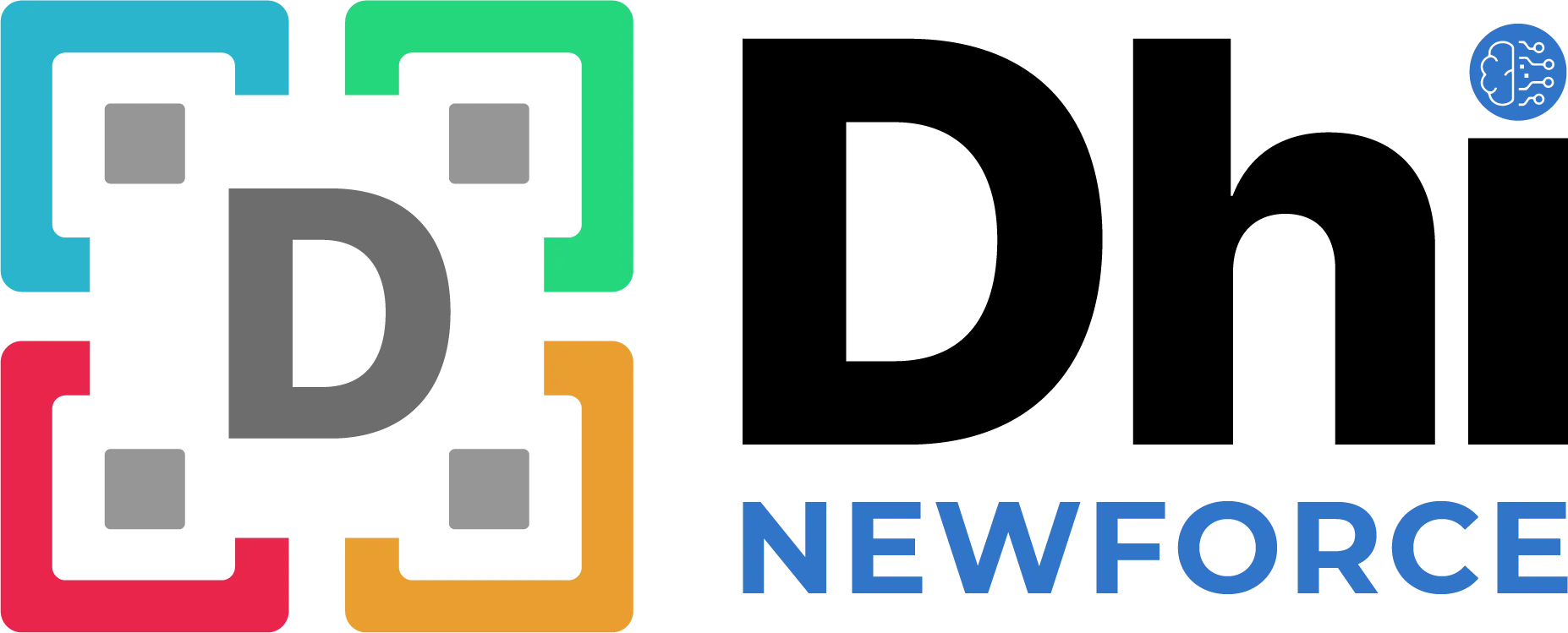What Is an ATS? How to Write a Resume to Get Selected by HR Recruiters
ATS (Applicant Tracking System) is a software that is more and more used today by companies all over the world. ATS eases and accelerates the process of arranging and screening through the hundreds of thousands of resumes that an HR department gets online.
Today, searching for a job is totally different than it was 10 or 20 years ago. Nowadays, it doesn’t matter where you live, what you do, or who you are. You might be an IT manager, an aerospace engineer, a resume writer, or a sales executive. Most of the organizations only accept online applications and never communicate to you unless you have clicked the right buttons.
Have you ever wondered why you have been getting those auto-generated rejection emails?
Most of the companies are adopting ATS software to spend fewer people reviewing the hundreds and thousands of resumes they get. As job seekers do not know about formatting or robot-friendly keywords, most of the resumes end up in the virtual trash. This is the main reason why you have been getting those auto-generated rejection emails.
Features of a Great Resume
The number of people we talk to in a week who tell us they don't have the time to put into researching companies and jobs in the hidden job market is astonishing. If you are a job candidate who is willing to put some elbow grease into your job search then you are already ahead of many.
It is a full-time job to find a full-time job. It's hard work, too. However, having the right tools to get the job done will make the search go more smoothly and much quicker. The main tool in your toolbox - you guessed it - your resume.
The resume is designed to give the reader a summary of your career. Note the keyword - summary. Recruiters do not like, let alone pay attention to, resumes that are long-winded, too detailed, not detailed enough or read like a job description.
They want to see words jump out at them, first through their ATS software then in print. Keep in mind that they want to find you as much as you want to be found and the more concise your resume is, the higher the chances are that will happen.
SWOT Analysis
The first step to a great resume starts with an assessment of your strengths and what sets you apart from other candidates.
The SWOT analysis, Strengths, Weaknesses, Opportunities, and Threats, is a great tool to use to do this. This is a critical piece of the resume and one many candidate's miss. It can also be the hardest for the job seeker to assess, so take great time and care to complete this exercise.
Identifying where your skill gaps are relative to the job you are looking at can be helpful in deciding whether you should even apply for it. Don't waste your time or recruiters.
Opportunities are where you can identify skills that can be transitioned to another industry or field. Threats can help you assess the changing dynamics of the job market in the field you are pursuing and will help you make adjustments to your resume.
Strengths - What am I good at and/or want do I want to continue doing?
Weaknesses - What do I not like to do or am not good at? Where do I need more training and focus? What do I not want to do anymore?
Opportunities - What careers/jobs are available in my current profession? What careers/jobs are available in a profession I'm interested in?
Threats - What are the threats preventing me from getting a job in my current field? In the field, I want to go into?
If you want to make sure your resume is compliant for an ATS, follow the tips below to write an ATS-optimized resume.
Format
You have three choices in formatting the summary of your career: chronological, function, and a combination of both, or hybrid.
Chronological Resume:
The traditional and most commonly used format for resumes is the chronological resume. This type of resume is organized by your employment history in reverse chronological order, with job titles/names of employers/locations of employers/dates of employment/ accomplishments, working backward.
A standard chronological resume is an appropriate format if most or all of your experience has been in one field, you have no large employment gaps, and you plan to stay in that same field.
Functional Resume:
The resume format that is appropriate for job seekers with limited job history, a sporadic job history, or a job history in a different career field. The functional format organizes your resumes by skills and functions categories.
In a purely functional resume, company names, employment dates, and position titles are omitted in the category and presented in summary at the end.
The Hybrid
Is just what the name implies - a combination of both. Your resume is one of the most fundamental tools of so take the time and care to develop the best resume based on your previous work experience and job-search aspirations.
You are going to need to be flexible so have one of each prepared so that you can either at your fingertips for whichever format your audience is requesting.
Contact Information
Your contact information should be simple and concise. Your name, address, ONE phone number with a professional voicemail message, email address, and a link to your LinkedIn profile.
You should have a professional profile, particularly if you are more technical and specialized. You can give the reader more information about your career through a professional profile and you will make it easy for them to find you by providing them that link.
Resume Title
A resume title sets the tone for the entire resume and should contain a keyword that is critical to the job you seek.
It is an opportunity for you to present yourself at a professional level rather than starting out with an objective, which is only appropriate for those just entering the professional realm. It gives the reader a sense of your confidence and allows him/her to know what you do within a split second.
Professional Summary
Create a robust Professional Summary that supports the title. It should be one fluid, descriptive paragraph highlighting your experience in your field and overall results you have achieved with your education and work experience.
Find keywords that are typical and critical to your expertise.
Content
Based on the results of your SWOT analysis, make a list of all of your strengths. Make a list of your job responsibilities in each position you've held. If you have trouble remembering or coming up with a comprehensive list, do a search for that particular job or job title on an online job search engine such as Newforce and compare job postings with jobs you have done in the past, it will help jog your memory.
Core Competencies
Pull a list of core competencies out of the summary and make it a separate category so the reader has an easier time visually pulling that information out.
Core competencies should be specialized skills you have that are part of your strength list from your SWOT analysis. In other words, this is your opportunity to list some of the skills that make you unique from other candidates.
It should be a bulleted list of no more than 9 so you do not double-dip in the rest of your resume or overwhelm the reader.
Professional Experience
The format of your Professional Experience should address three main areas: The challenge to be solved; the action you took to solve it, the results of your actions. Write a sentence or two describing the company you work(ed) for; what they do and how they serve their customer.
If you have chosen a functional resume you will want to write a full sentence on specific expertise you possess within the functional category; spell out for the reader why you consider yourself an expert in that function. It will bring a link between your responsibility and your contribution to the firm. Write a brief summary of your responsibilities and actions, and then give the results in a bulleted list under each job.
Results should include hard numbers and show the reader how you added revenue or reduced cost in some way. Going back to your SWOT analysis, quantify your results for the reader and make it easy for a hiring manager to see what you achieved in each position you held.
When writing the action you took to get from the responsibility to the result, make sure you connect the dots for the reader. Instead of saying you are a team player, state that you "partnered with the accounting department and resolved invoices that were over 90 days old, resulting in a 64% increase in collections." Tell the reader what you did and what result came from your actions. It makes a huge difference.
Tell a story and bring your resume to life
There is nothing better than a visual snapshot of one's professional career to spark a recruiter to take action. If you dusted off your old document and brought it up to date, you are sunk before you even sail.
Put yourself in the recruiter's shoes and think about the last time the written word caught your eye. What was it about the piece that grabbed your attention? What compelled you to read on and find out what was behind the headline?
What words provoked you to think or imagine the story as you read along? When writing your resume, do the same for the reader and make the document something they can imagine and get excited about.









